The art that made me: Tamara Dean
In The art that made me, artists discuss works in the Art Gallery of New South Wales collection that either inspire, influence or simply delight them.
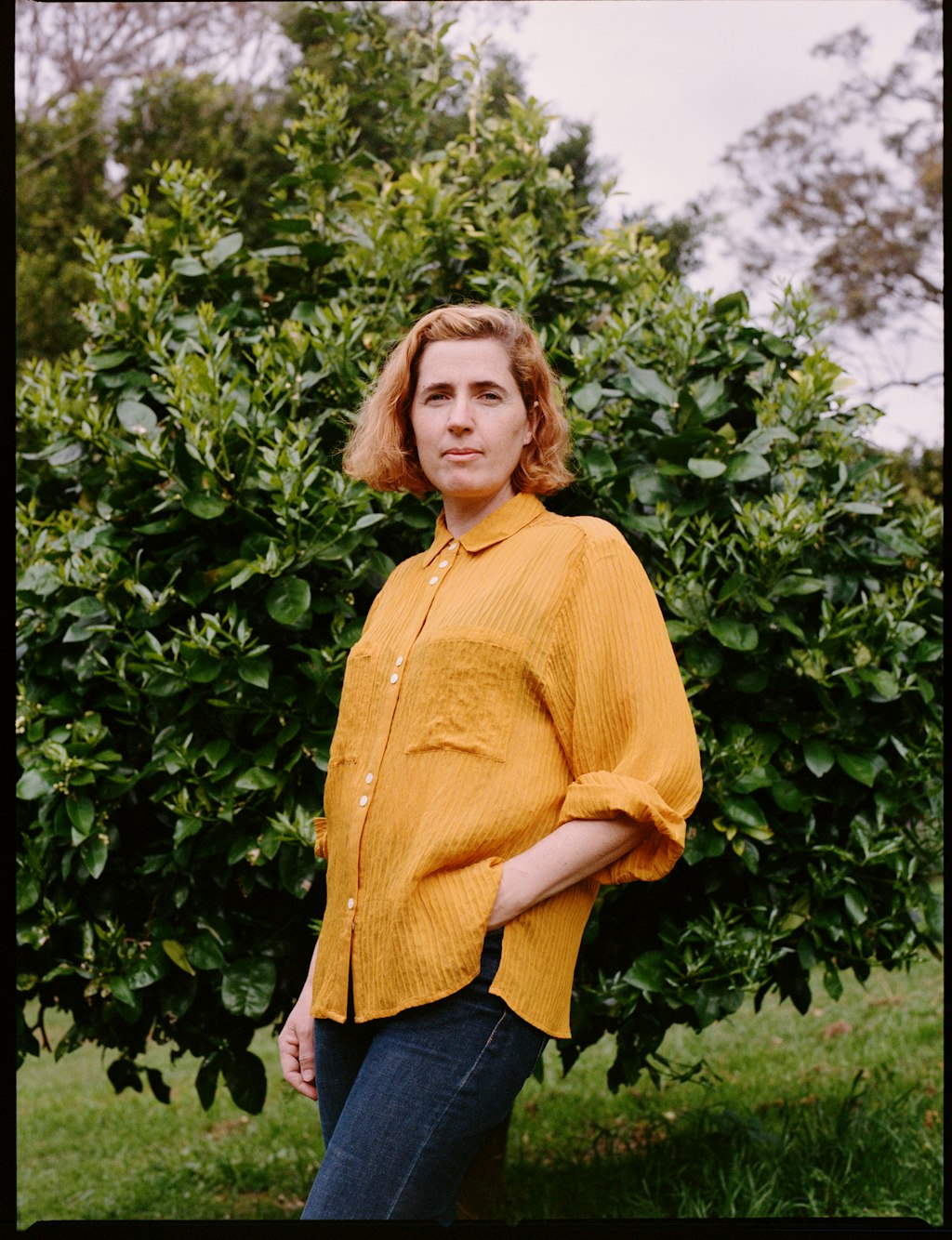
Tamara Dean, photo: Bec Lorrimer, courtesy of Michael Reid Galleries Sydney and Berlin
Tamara Dean, photo: Bec Lorrimer, courtesy of Michael Reid Galleries Sydney and Berlin
‘Humanity is an element that has always been present in the photographs I make – and a connection to the earth. I guess the dreamlike element of my work is me,’ muses critically acclaimed photographer Tamara Dean. ‘I am drawn to folklore, magical and illustrative elements that enchanted me as a child … I’m always trying to build beauty into the work.’
Beauty can be relied upon as a constant within Dean’s photographs, which balance the otherworldly and ethereal with the sobering impacts of climate change. Integrating the body within immersive natural landscapes, Dean consistently makes the case that humanity is ‘neither separate nor superior to nature’.
Dean is a photographic artist who also works with moving image, sculpture and installation. She is renowned for her technical prowess and experimentation, from setting up underwater photographic studios to co-designing her own exhibition fragrance (Forīs 2023), Dean is constantly pushing the boundaries of her medium.
As two of Dean’s artworks enter the collection of the Art Gallery of New South Wales, she reflects upon artworks in the collection that have shaped her.
Frederick McCubbin On the wallaby track 1896
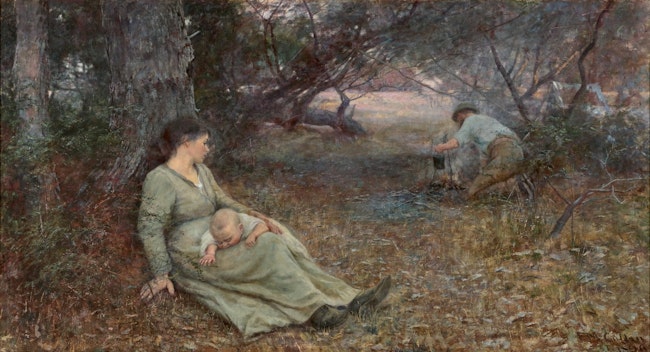
Frederick McCubbin On the wallaby track 1896, Art Gallery of New South Wales
Frederick McCubbin On the wallaby track 1896, Art Gallery of New South Wales
McCubbin’s paintings have this beautifully soft sense of light that he imbues and draws from the Australian bush. Often the bush can be seen as quite stark but he paints it softly, and that’s the light I try to look for. What really speaks to me about this work is that there’s a very strong narrative in what is essentially, for that time, an ordinary scene: a woman with a child on her lap, a man starting a fire. I love that McCubbin has held up that moment as being pertinent.
Carol Jerrems Vale Street 1975
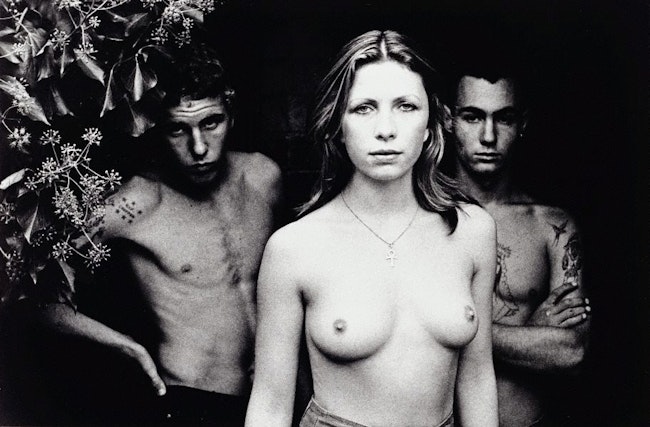
Carol Jerrems Vale Street 1975, Art Gallery of New South Wales © Ken Jerrems and the Estate of Lance Jerrems
Carol Jerrems Vale Street 1975, Art Gallery of New South Wales © Ken Jerrems and the Estate of Lance Jerrems
I used to work as a photojournalist before I switched into narrative, conceptual work, and I think Vale Street bridges those two worlds. Jerrems had this charged relationship with one of these young men, and I think that background feeds some powerful drama into this image. There’s also the contrast of the woman at the front with her bare chest and glowing skin against the guys in the shadowy background and the narrative that this builds. It is more of a constructed image than a fly-on-the-wall approach, and I find that a helpful prompt in the evolution of my practice.
Tracey Moffatt Useless, 1974
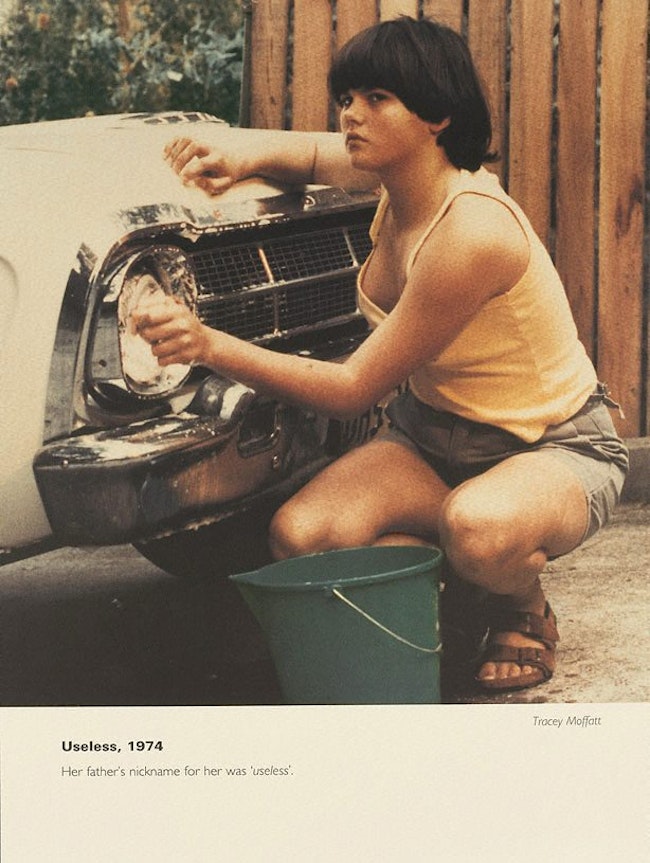
This work from Moffatt’s series Scarred for Life 1994 was probably one of the most important conceptual bodies of work I was introduced to as a young artist. It enabled me to see how words can inform images in a way that lives outside the photograph itself. There’s a surly, hurt sense to the woman pictured but then, framed with the words, it suddenly takes on much deeper meaning that has this huge amount of concern and potency because of the seriousness of the issues raised. Seeing the power in words and how they might change the context of an image and enrich it … Tracey Moffatt did that.
Bill Henson Untitled 1995/96 1995–96
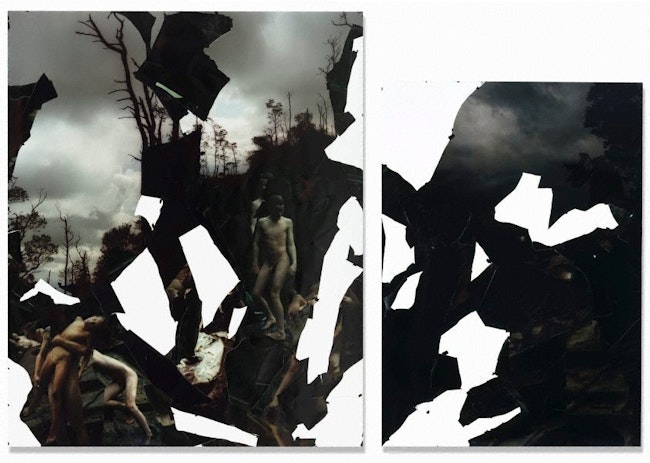
Bill Henson Untitled 1995/96 1995–96, Art Gallery of New South Wales © Bill Henson. Courtesy Roslyn Oxley9 Gallery
Bill Henson Untitled 1995/96 1995–96, Art Gallery of New South Wales © Bill Henson. Courtesy Roslyn Oxley9 Gallery
I’ve always been struck by Henson’s use of light, his radical use of the paper medium itself in the way he disfigures it, and the power of the negative spaces that feed into the bodies and the landscape. I suppose there’s that romantic and dramatic sense of the sky against a painterly quality to the skin that gives the work its ritualistic sensibility. I remember walking into the Art Gallery, into a space with his work all around the walls, and it left such a deep impression on me. I think we share an admiration for the painters that came before us.
A version of this article first appeared in Look – the Gallery’s members magazine